Shopping for a graphics card feels like navigating a minefield of marketing hype and inflated promises. Every manufacturer claims their latest GPU is “revolutionary” while charging premium prices for incremental upgrades. The reality? You don’t need to drain your savings account for smooth gameplay and stunning visuals. Smart shoppers know where to find real value in 2025’s graphics card landscape.
This content may contain affiliate links. If you wish to support us and use these links to buy something, we may earn a commission.
7. 1440p Gaming: The Resolution Sweet Spot
The AMD Radeon RX 7800 XT excels at 1440p gaming with 16GB of GDDR6 memory supporting high-resolution textures. Expect 80-90 fps in Baldur’s Gate 3 and 90-110 fps in Doom Eternal at high settings. RDNA3 architecture combined with FidelityFX Super Resolution technology maintains smooth frame rates.
While the RTX 4070 offers comparable performance with superior ray tracing, the RX 7800 XT’s extra VRAM provides better future-proofing for texture-heavy games. This card targets serious gamers planning to stick with 1440p for the next 4-5 years.
6. Budget Champions: Entry-Level Cards That Actually Work
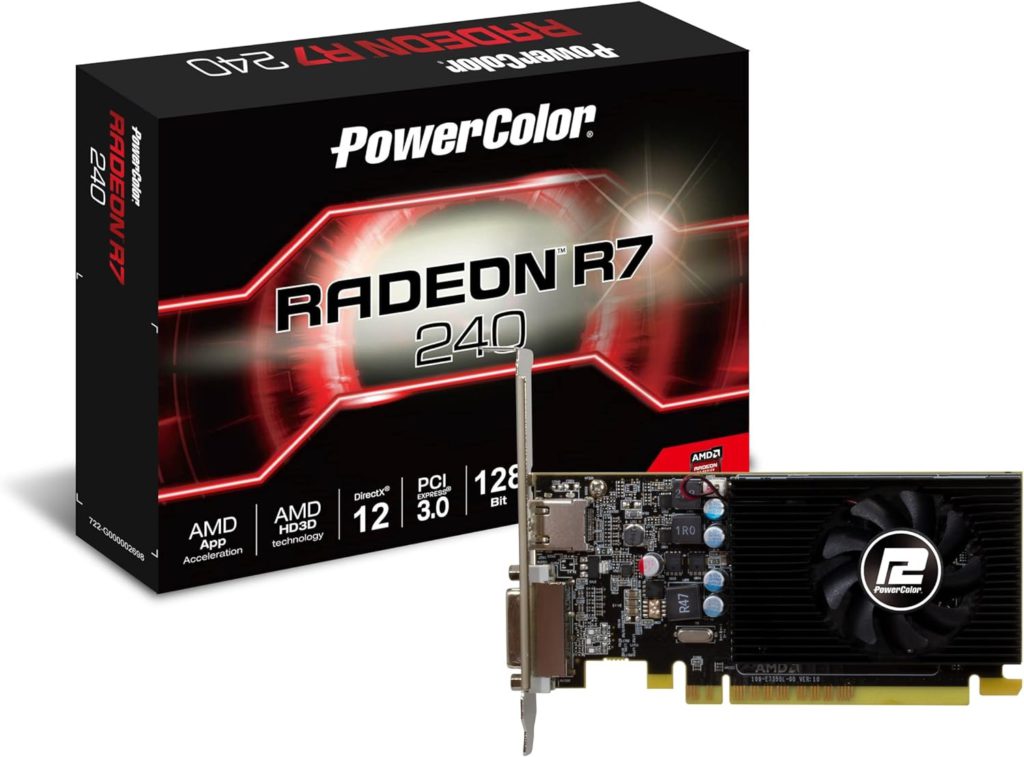
The AMD Radeon RX 6400 proves that entry-level doesn’t mean entry-terrible. This 60-watt powerhouse brings 1080p gaming to budget builds without requiring a nuclear reactor for power. Its 4GB of GDDR6 memory and 2321 MHz boost clock deliver 45-60 fps in Valorant and CS2 at high settings.
Sure, bandwidth limitations exist, but consider the alternative: integrated graphics that struggle with anything more demanding than solitaire. At under $150, the RX 6400 transforms basic PCs into capable gaming machines for the next 2-3 years of eSports competition.
6. Flagship Territory: Ultimate Graphics Performance
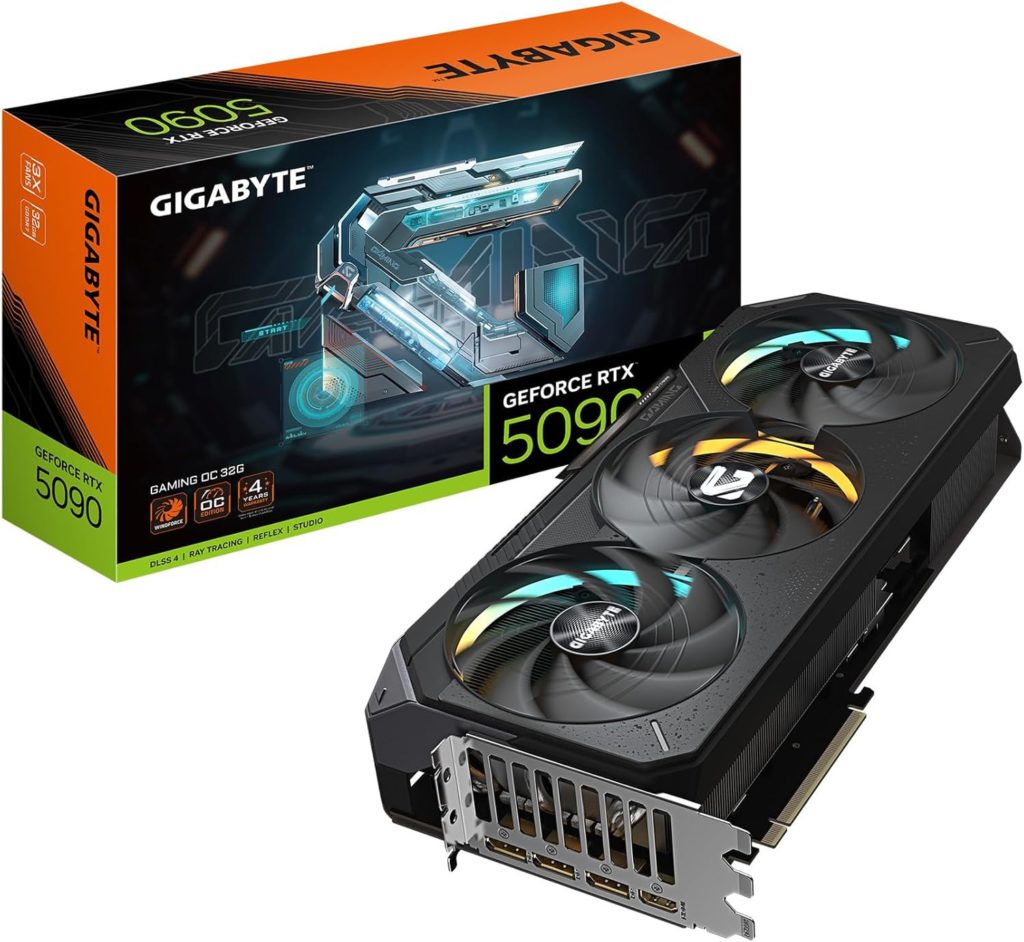
The Nvidia GeForce RTX 5090 represents the absolute pinnacle of graphics performance. Twenty-one thousand CUDA cores paired with 32GB of GDDR7 memory handle 4K gaming at 100+ fps in most titles with all settings maxed. The 512-bit memory interface ensures bandwidth never becomes a bottleneck.
Power consumption reaches 575 watts, requiring robust cooling and power supplies. At $1,999, this card targets professionals and enthusiasts demanding maximum performance for the next 5-7 years, making it surprisingly cost-effective for users who upgrade infrequently and demand cutting-edge capabilities.
4. Ray Tracing on a Budget: RTX Without Breaking Bank
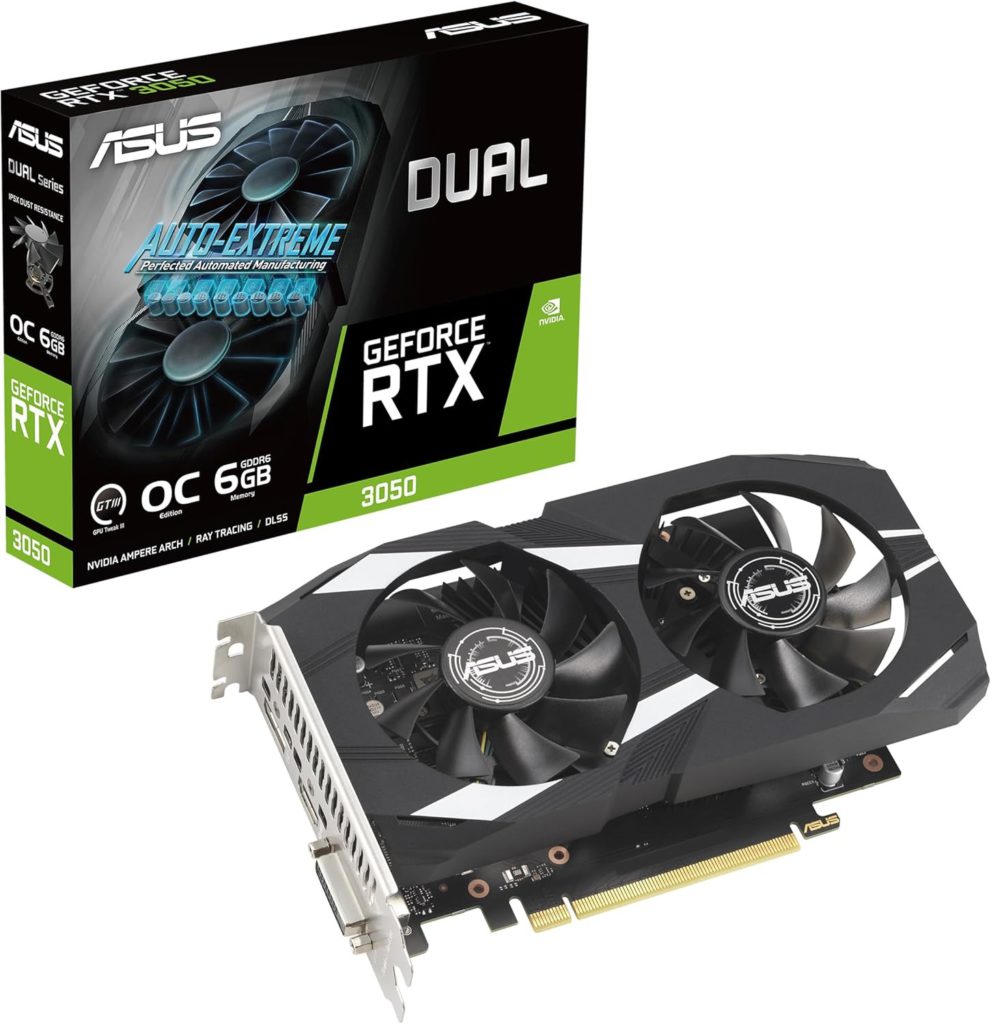
The Nvidia GeForce RTX 3050 brings ray tracing to mainstream pricing. Eight gigabytes of GDDR6 memory supports enhanced lighting effects while delivering 55-70 fps in Spider-Man Remastered with ray tracing enabled. DLSS technology boosts frame rates without sacrificing visual quality.
Against AMD’s RX 6600, the RTX 3050 sacrifices raw performance for ray tracing capabilities and superior upscaling technology. This card provides a solid foundation for ray tracing gaming that remains relevant for 2-3 years as more titles adopt the technology.
3. High-End Performance: Premium Cards for Serious Gamers
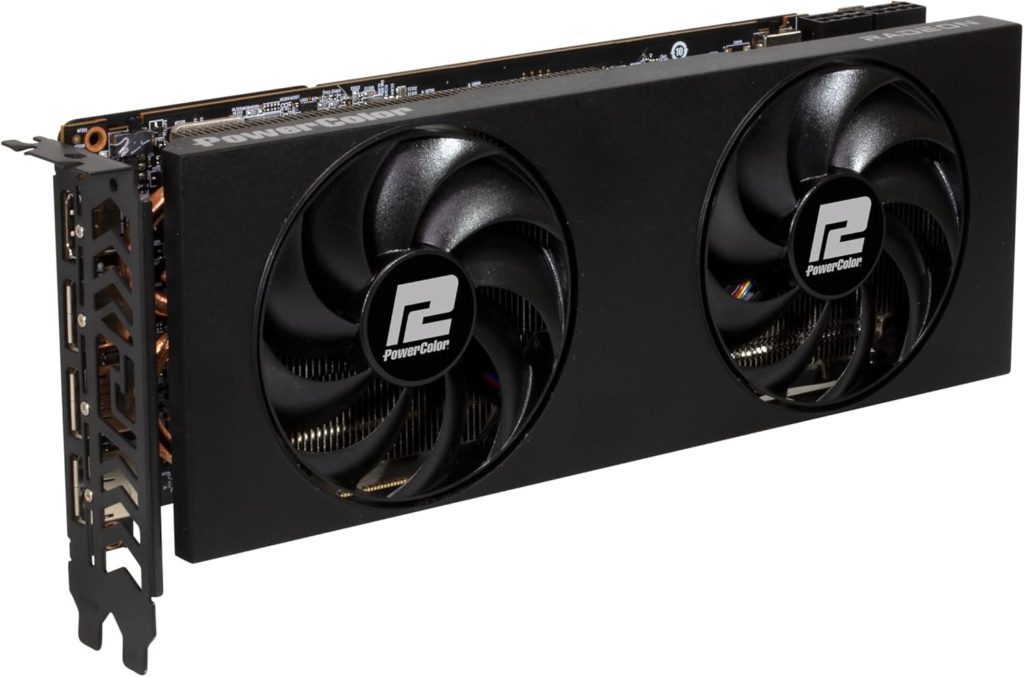
The Nvidia GeForce RTX 4070 Super delivers flagship performance without flagship pricing. Seven thousand CUDA cores combined with 12GB of GDDR6X memory handle demanding games like Cyberpunk 2077 at 60-75 fps in 1440p with ray tracing enabled. Ada Lovelace architecture ensures efficient 220-watt operation.
Compared to AMD’s RX 7800 XT, the RTX 4070 Super trades some rasterization performance for superior ray tracing and DLSS 3 frame generation. The $599 price point makes this card ideal for enthusiasts planning a 4-5 year upgrade cycle who prioritize cutting-edge visual features.
2. The Sweet Spot: Mid-Range Cards Worth Your Money
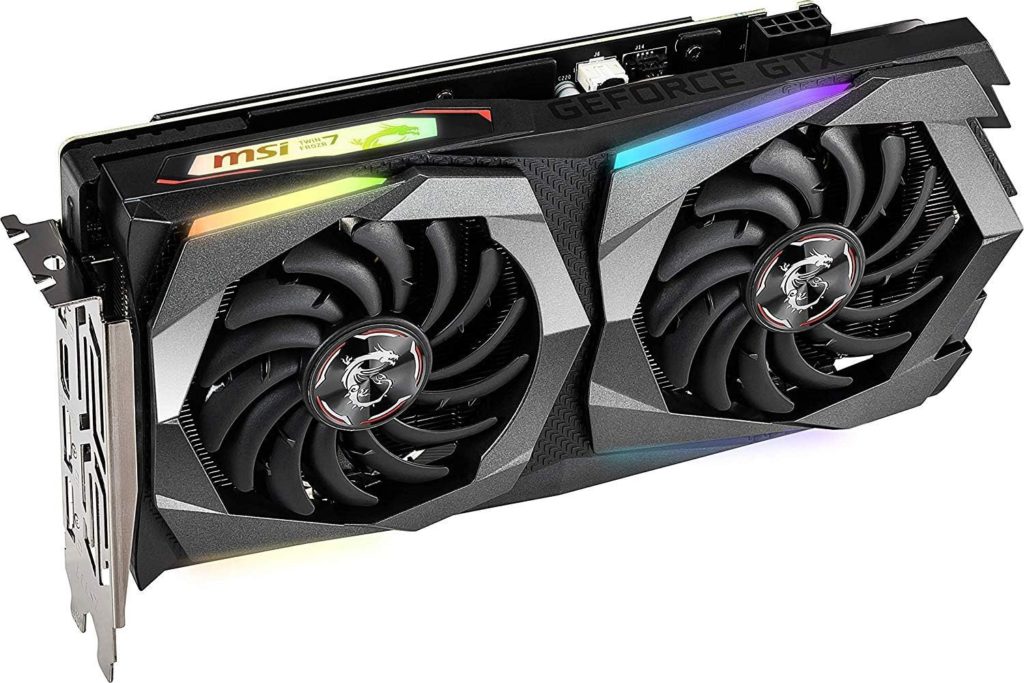
Nvidia’s GeForce GTX 1660 Super earned its reputation as the budget gamer’s best friend. Six gigabytes of GDDR6 memory paired with Turing architecture delivers 65-80 fps in Fortnite at high settings and 50-60 fps in Cyberpunk 2077 at medium. Power consumption stays reasonable at 125 watts.
This card refuses to die because it simply works. The Intel Arc A580 offers similar performance with ray tracing support at comparable pricing, but driver maturity gives the 1660 Super the reliability edge for builders seeking guaranteed compatibility.
1. 1080p Powerhouses: Maximum Performance at This Resolution
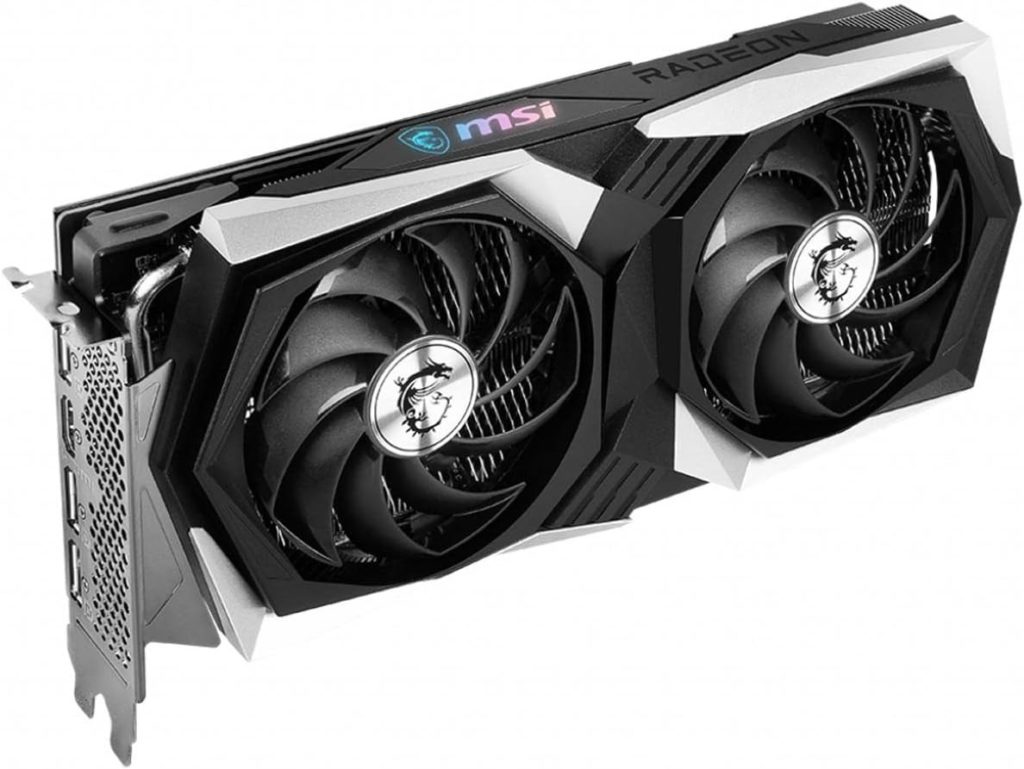
The AMD Radeon RX 6600 XT dominates 1080p gaming with purpose-built optimization. Eight gigabytes of GDDR6 memory eliminates stuttering while delivering 85-100 fps in Apex Legends and 70-85 fps in The Witcher 3 at ultra settings. RDNA2 architecture provides efficiency that older cards can’t match.
Compared to Nvidia’s RTX 3060, the RX 6600 XT trades ray tracing performance for superior rasterization speeds. The 160-watt power draw keeps system requirements reasonable while delivering visual quality that remains competitive for 3-4 years.


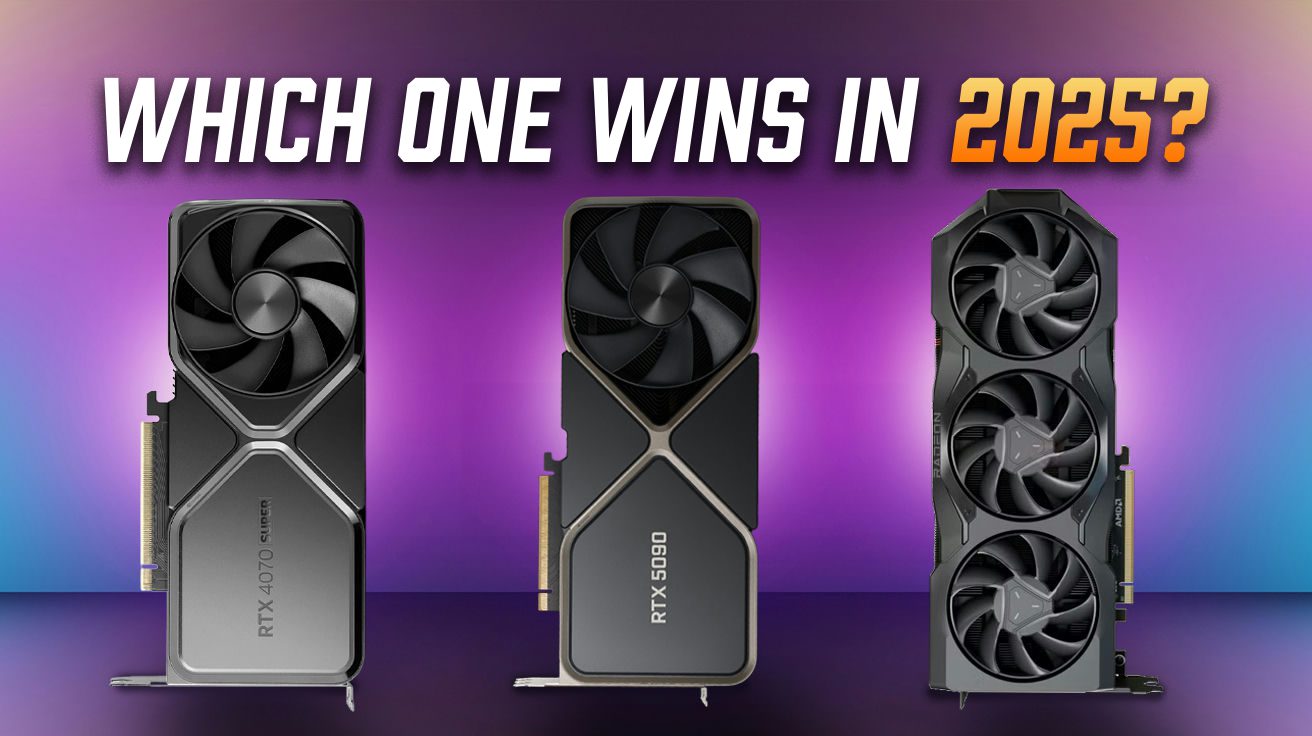



0 Comments